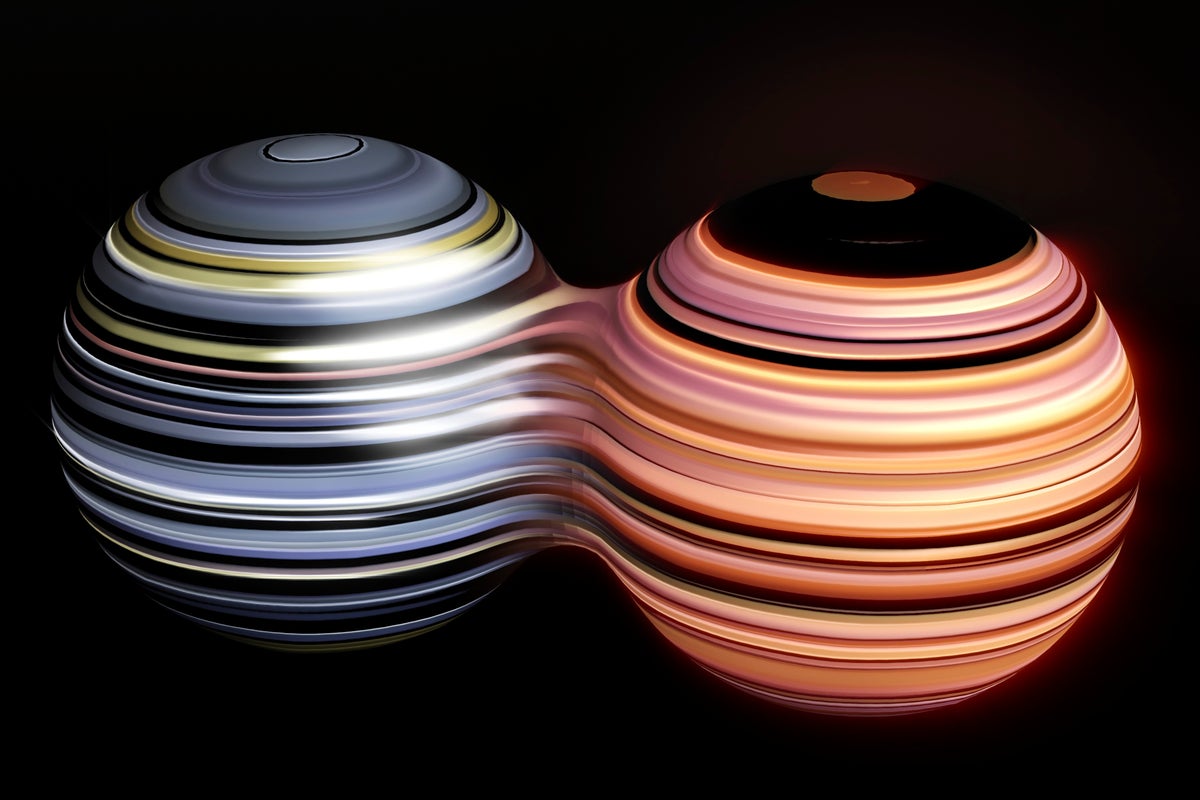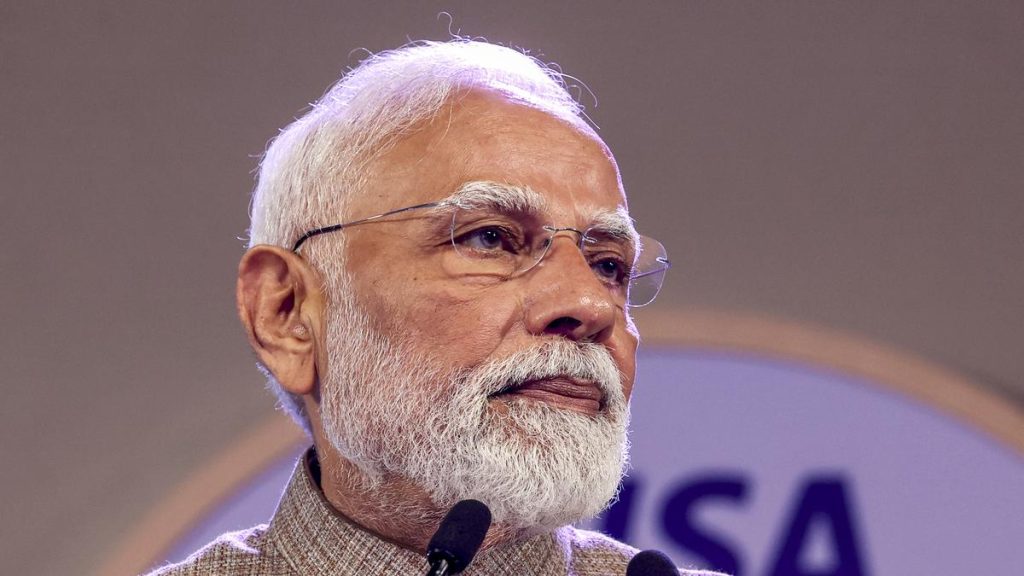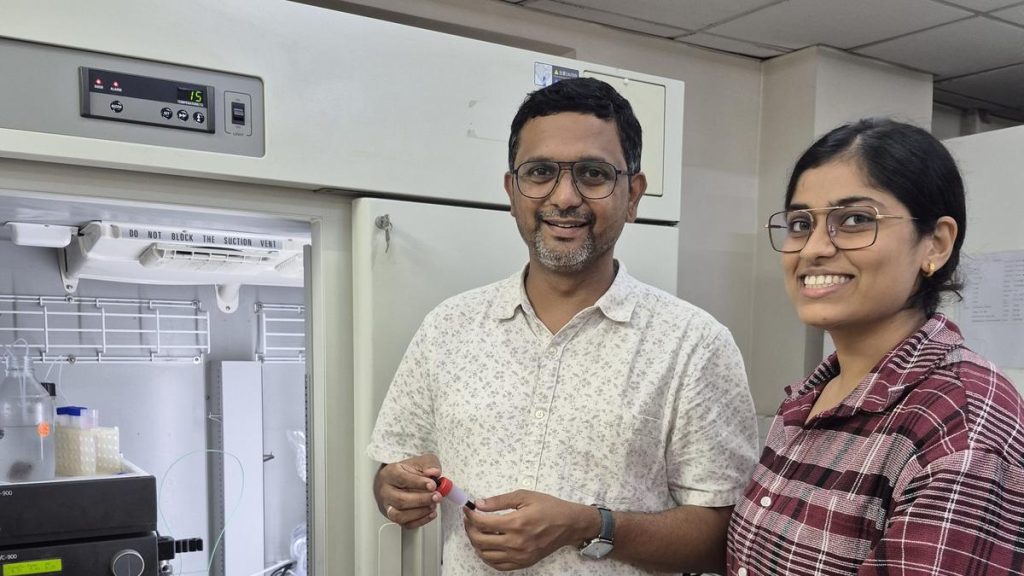Now Reading: Major Correction Issued for Quantum Computing Study
-
01
Major Correction Issued for Quantum Computing Study
Major Correction Issued for Quantum Computing Study

Rapid Summary:
- A 2018 study led by Charlie Marcus at the University of Copenhagen,claiming evidence for Majorana quasiparticles (key for quantum computing),received a major correction in Science journal five years after publication.
- Criticism from two physicists,Sergey Frolov and Vincent Mourik,raised concerns about incomplete data and discrepancies in conclusions regarding electron behavior in the devices studied.
- The study used nanowires of indium arsenide wiht aluminum shells to detect signals “consistent” with Majoranas; others have failed to replicate these findings.
- An autonomous panel found no misconduct but noted selective data presentation, which skewed variability of outcomes but didn’t overturn main conclusions.
- Despite corrections and updated methodology details like tunneling regimes, skepticism remains over the study’s validity. Critics argue telltale signs were limited to narrower ranges than claimed by the authors.
- As challenges persist in proving Majoranas’ resilience amid quantum disorder, researchers shift focus to more stable phenomena for advancing quantum computing.
Indian Opinion Analysis:
The controversy surrounding this paper highlights broader implications for scientific integrity and openness across global research fields – lessons relevant as India advances its own quantum technology ambitions under initiatives like National Quantum Mission 2023.The importance of rigorous peer review processes and accessible raw data is underscored here as foundations for reproducible science that builds trust across institutions worldwide.
For India’s aspirations toward technological leadership on quantum systems-the outcome here signals caution against confirmation biases or premature claims without robust scrutiny from peers-and that delicate fundamentals in quantum mechanics require expanded collaborative approaches globally rather than isolated experiments or proprietary methods.
Read more: Scientific American Article




























